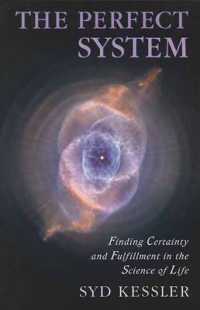- ホーム
- > 洋書
- > 英文書
- > History / World
Full Description
Economic circularity is the ability of a society to reduce waste by recycling, reusing, and repairing raw materials and finished products. This concept has gained momentum in academia, in part due to contemporary environmental concerns. Although the blurry conceptual boundaries of this term are open to a wide array of interpretations, the scholarly community generally perceives circular economy as a convenient umbrella definition that encompasses a vast array of regenerative and preservative processes.
Despite the recent surge of interest, economic circularity has not been fully addressed as a macrophenomenon by historical and archaeological studies. The limitations of data and the relatively new formulation of targeted research questions mean that several processes and agents involved in ancient circular economies are still invisible to the eye of modern scholarship. Examples include forms of curation, maintenance, and repair, which must have had an influence on the economic systems of premodern societies but are rarely accounted for. Moreover, the people behind these processes, such as collectors and scavengers, are rarely investigated and poorly understood. Even better-studied mechanisms, like reuse and recycling, are not explored to their full potential within the broader picture of ancient urban economies.
This volume stems from a conference held at Moesgaard Museum supported by the Carlsberg Foundation and the Centre for Urban Networks Evolutions (UrbNet) at Aarhus University. To enhance our understanding of circular economic processes, the contributions in this volume expand the framework of the discussion by exploring circular economy over the longue durée and by integrating an interdisciplinary perspective. Furthermore, the volume gives prominence to classes of material, processes, agents, and methodologies generally overlooked or ignored in modern scholarship.
Contents
Introduction: approaching circular economies through archaeological and historical sources
I. Bavuso, G. Furlan, E.E. Intagliata, J. Steding
1. The ragpicker's dream: notes on the continuous role of junk dealers in the past urban economies back to the Roman period
Guido Furlan
2. Laws, Letters and Graves: the Organisation of Scavenging in the Early Medieval Period
Irene Bavuso
3. Exploring reuse in a prestige environment: the palace city of Samarra
Rhiannon Garth Jones
4. Through glass: recycling and reuse practices brought out by archaeometry and history
Line Van Wersch and Alexis Wilkin
5. Beauty, utility, value. Examples of glass reuses from the Roman period to the early Middle Ages
Cristina Boschetti
6. Identifying episodes of recycling in the archaeological record
Jonathan Wood
7. Textile reuse in the Roman naval contexts
Margarita Gleba and Maria Stella Busana
8. Functional, spiritual or aesthetic? - Investigating reuse in high-status 7th-century necklace pendants from Early medieval England
Rowan S. English
9. Stars aligned: tracking the use and reuse of Viking Age metal-casting models for star-shaped brooches through 3D visualisation
Derek Parrot
10. Seeking the invisible with legacy data. Notes on the use of archives for the study of ancient circular economies
Emanuele E. Intagliata
11. Evolutionary Design Processes in Thermal Architecture of the Roman Empire
Allyson McDavid
12. Reused columns in an ancient circular economy
Jon M. Frey
13. Mind the Gap: Researching Reuse Practices in Palmyra. The example of Reused Inscriptions
Julia Steding







